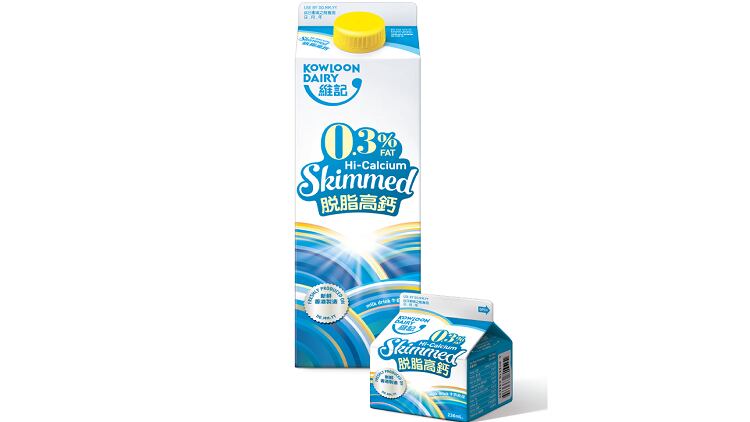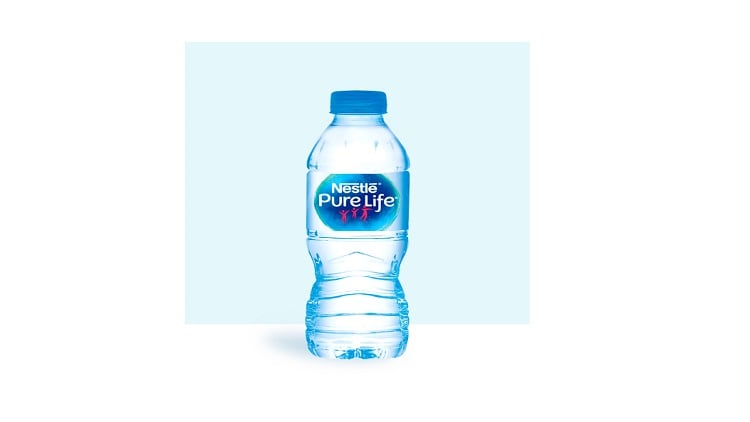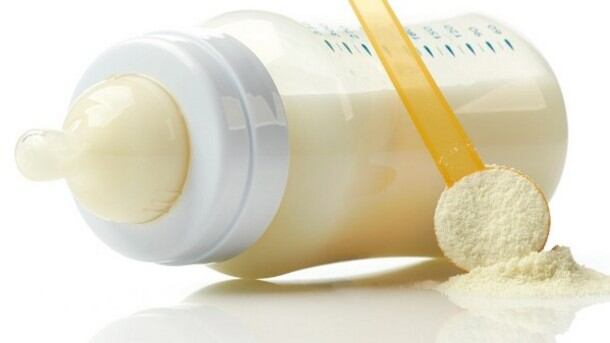The product in question was Kowloon Dairy’s 236ml Hi-Calcium skimmed milk with an expiry date of Aug 23, Hong Kong Centre for Food Safety said in an alert statement.
The case was brought to light when the centre was following up on a consumer complaint.
After conducting sample test on the product sold in a supermarket in Sha Tin, the centre found that it contained a B. cereus bacteria count of 3.8 million/g.
This is 38 times higher than the approved limit.
According to Hong Kong’s microbiological guidelines for food, a B. cereus bacteria count that is higher than 100,000/g would render the product unacceptable.
B. cereus bacteria breeds and multiplies in food when hygiene standards are not maintained during the manufacturing and storing process.
Consumption of food contaminated with the B. cereus bacteria can lead to vomiting and diarrhoea.
Further investigations
The centre said it had conducted investigations in the factory and supermarkets selling the skimmed milk. Both the manufacturer and retailer involved were also informed of the investigation results.
It had also ordered for a complete sanitisation of the production site and supermarkets.
According to Hong Kong’s Public Health and Municipal Services Ordinance (Food and Drugs), the maximum penalty for selling food unfit for human consumption includes a fine of 50,000 and six months imprisonment.
Overall food safety
On the other hand, the overall satisfactory rate for food safety remained high at 99.9%, the centre said in its food safety report published last month.
The results of about 15,100 food samples tested were satisfactory except for 17 samples.
Some of the unsatisfactory samples were detected with salmonella or excessive amount of B. cereus; or contained sulphur dioxide; or were contaminated with aflatoxins.
Some vegetable and fruit samples were also found to contain pesticide residues exceeding legal limits.
“Since the Pesticide Residues in Food Regulation (Cap 132CM) came into effect on August 1, 2014, as of July 31 this year, the Centre for Food Safety has taken over 152,800 food samples at the import, wholesale and retail levels for testing for pesticide residues. The overall unsatisfactory rate is less than 0.2%,” the report concluded.




